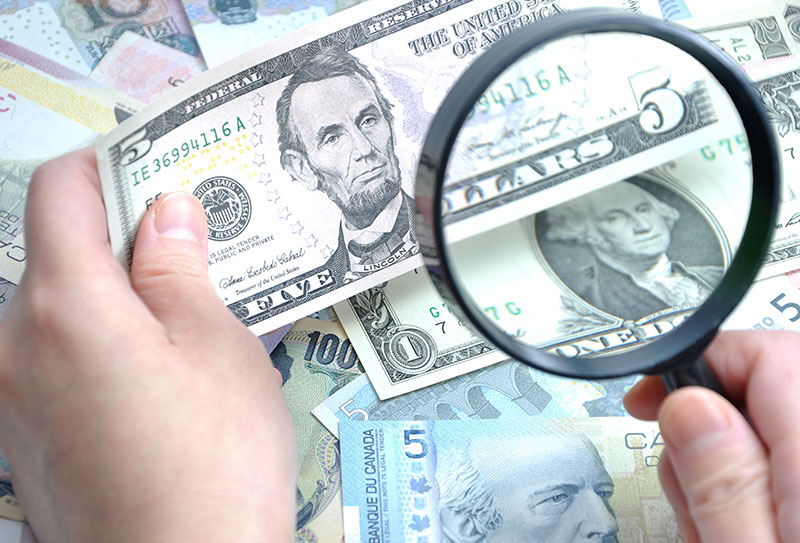Business
How to Train Your Employees About Counterfeit Bills?

Learning about counterfeit bills is a top priority when a business deals primarily with cash. Why? Because while cards don’t fool you, people can trick your employees into thinking they are paying real cash.
The situation can quickly become dire if your employee is a newbie without knowledge about fake bills. The customer may leave the place with your products completely unnoticed, and you won’t be able to retrieve the money, products, or the customer. It’s a total loss.
Of course, a bill checker is a lifesaver. However, what can make things more effective is employee training about counterfeit bills. Let us tell you how to do that below!
- Get a Counterfeit Bill Detector
The first step is to get a proper counterfeit bill detector. This may include pens, UV lights, magnetic ink, machines, etc. Each type of detector has its pros and cons. You should select one that best fits your business needs (and budget).
- Do a Prep Talk
Once the detector is available, gather all your employees together and conduct a prep talk. Explain to your team what a counterfeit bill detector is and why it’s important for the business.
Discuss the effects of counterfeit bills on the revenues and reputation of the business. If you have a franchise, you can connect the loss to the overall performance and potential closing of the branch.
This will help the employees better understand the importance of learning counterfeit bill detection.
- Teach How to Use It
Now, provide a practical demonstration of the counterfeit bill detector using process. Show the detector to everyone and explain how it works.
For example, when you mark a bill with the pen, the ink will turn yellow or clear on authentic bills. This indicates they are genuine. On counterfeit bills, the ink will turn dark brown or black, revealing the presence of starch and indicating the bill is likely fake.
You should also discuss how your employees should behave during the checking process. The body language and choice of words can make this offensive for customers. So, teach your team to be discrete and polite.
- Explain Plan B
Accidents and mistakes happen all the time. So, in case an employee forgets to check the bill, and someone succeeds in scamming your business, you should have a plan B ready. This plan should outline the next steps to resolve the issue.
Who should the employee report the incident to? Which departments should be contacted to collect evidence?
Reporting suspected fraud to the relevant authorities is a must. If a counterfeit note is inadvertently accepted, it should be reported immediately to local law enforcement or the RCMP for further action.
These details should be planned out and explained to your team.
- Schedule Refreshers
Don’t wind up your employee training after just one session. Schedule refresher sessions as often as you think is appropriate. Typically, bi-monthly refreshers work the best.
Your team can revise counterfeit bill detection learning twice a month and become more expert at detecting fake bills. For newbies, these refreshers can be specifically useful because they can learn from the manager or owners directly instead of relying on other shift workers.
Kenneth is a proud native of sydney, born and raised there. However, he pursued his education abroad and studied in Australia. Kenneth has worked as a journalist for almost a decade, making valuable contributions to prominent publications such as Yahoo News and The Verge. Currently, he serves as a journalist for The Hear Up, where he focuses on covering climate and science news. You can reach Kenneth at [email protected].










